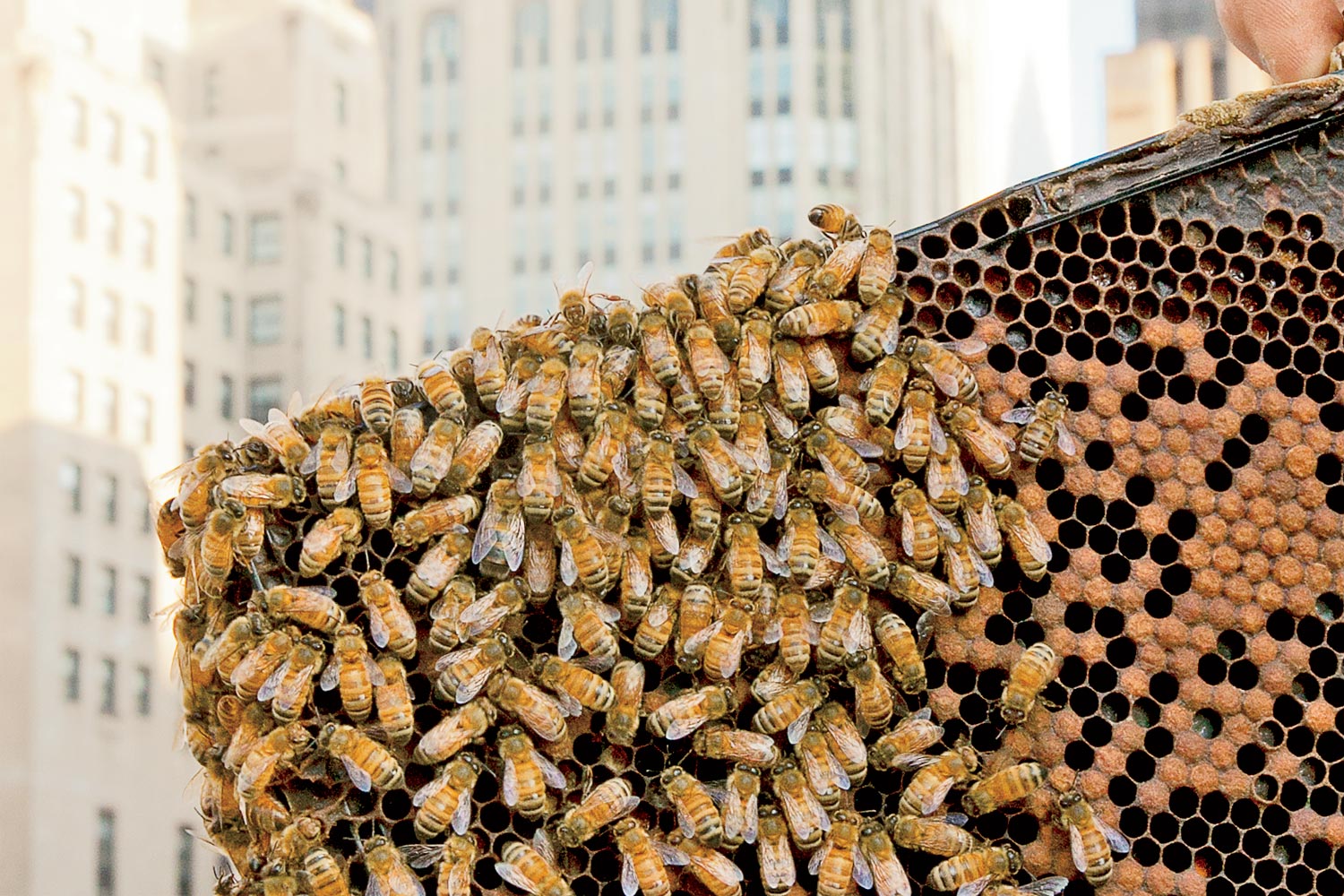Just like the seven million honeybees that populate his 120 or so hives, Greg Fischer is feverishly busy. Head beekeeper for the Morton Arboretum and the rooftop hives at the Chicago Marriott, he doesn’t want a repeat of last winter’s massacre, when 80 percent of his colonies perished. “Everybody went into December really healthy and full of honey,” he says. “Then when the real cold weather hit, it just wiped them out.”
It’s no secret that America’s honeybees are dying: The media have been full of stories about their demise. But what you might not know is that the situation is especially dire in Illinois. Beekeepers here reported that 62 percent of their colonies died last year, the second-highest mortality rate of any state and far exceeding the 42 percent reported nationally (which is already plenty troubling). Think it’s a problem just on the farm? Chicago has 142 registered beekeepers.
While no hard data are available, beekeepers say that honeybees generally do better in Chicago than in rural areas. There’s more bee food here, for one thing, thanks to the city’s plentiful vacant lots, rooftop gardens, and protected parkland, which offer up an all-you-can-eat buffet of weeds and wildflowers that are (mostly) pesticide-free. (Honeybees don’t pollinate corn or soybeans—the main crops in Illinois—which makes millions of acres of farmland more or less a food desert.) Plus, because 86 percent of local apiaries are hobby operations, they don’t stress bees out by trucking them around to pollinate farms, as most large businesses do.
Last year, however, even a good diet wasn’t enough to boost city bee survival. Thad J. Smith, who owns the beekeeping service Westside Bee Boyz, says that only eight of his 131 colonies in and around Chicago survived. Jana Kinsman, who runs the organization Bike a Bee, lost all but two of her 20 hives on the South and West Sides. (Undeterred, she’s tending 35 this year.)
“People would like a nice simple story with a guy in a black hat as the bad guy, but it’s complicated,” says May Berenbaum, head of the entomology department at the University of Illinois at Urbana-Champaign. The polar vortex that slammed Illinois the past couple of winters was just one nail in the hive-size coffin. Just like humans, honeybees don’t poop where they eat. And just like humans, they don’t like going outside when it’s below 40 degrees, Kinsman says. If a cold spell lasts too long, their health suffers. (How would you feel if you had to hold it for a month?)
Simply moving the hive to a less harsh spot—near a warm-air vent, for example—or rigging up a bee-heating system won’t work. It’s cost prohibitive for most beekeepers to lug dozens of 200-pound hives from a place that’s good for summer pollination to a location with electricity. Plus, if hives get too warm, Kinsman says, bees will think it’s time to collect nectar. They’ll fly in search of flowers, find nothing in bloom, and return hungrier, which further depletes their stores of honey.
Winter varies from year to year, of course. But beekeepers know they always have to fight a tick-like parasite called the varroa mite. The pinhead-size insects have been waging full-scale war on honeybees and their larvae ever since they came to the United States from Asia in 1987. They transfer disease, cause deformities, and just plain suck the life out of bees. “They’re probably our biggest nemesis,” Fischer says.
When colonies croak in massive quantities, it’s not just honey that’s at stake. Illinois-grown watermelons, cucumbers, blueberries, and pumpkins all depend on bees for pollination. (Illinois is the nation’s No. 1 producer of pumpkins, in fact—who knew?) When beekeepers have to buy new bees each year, the cost gets passed on to you through higher fruit, veggie, and, of course, honey prices.
Since beekeepers can’t control temps, they focus their battle on the mites. They could blast the buggers with chemicals, but those can weaken bee immune systems and taint honey. So they’re experimenting with natural treatments such as HopGuard, a product approved this year for use in Illinois that controls mites with compounds from the same hops used in beer brewing. Fischer says he hasn’t seen any mites since he began applying the stuff in the spring. Smith is sprinkling hive entrances with powdered sugar, which coats the bees and coaxes them to groom each other (thereby plucking off the mites). Yet another strategy: Split colonies in two, which ensures that one of the colonies won’t have a queen laying eggs for about 30 days. No new bees equals nothing for the mites to feed on.
If you’ve got a little land or even a window box, you can do your part: Plant flowers that bees love to pollinate (see sidebar). The more calories bees store in honey form, the more energy they have to cluster and shiver—which is how they survive cold weather. “The whole system is fueled by honey,” explains Berenbaum.
As temps begin to drop, Smith, for one, is optimistic: An excellent summer has left his bee population robust. “So goes the health of the honeybee,” he says, “so goes the health of the planet.”
How You Can Help Bees
Plant five native flowers that thrive in the fall and keep colonies well fed.
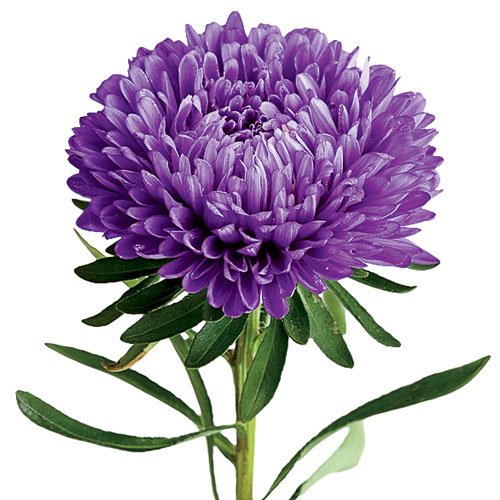
Aster
A garden speckled with blue blossoms in November? Believe it.
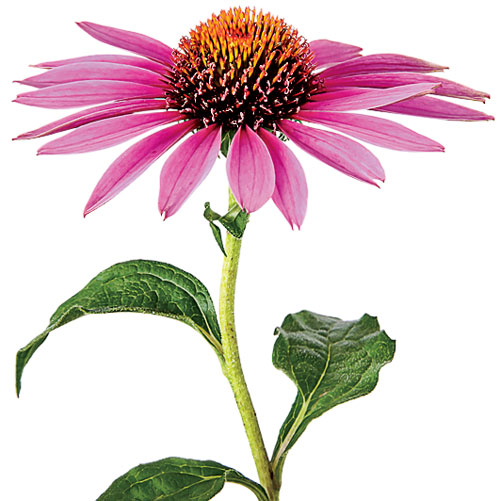
Coneflower
No need to deadhead: Birds will chow down on the seeds all winter.
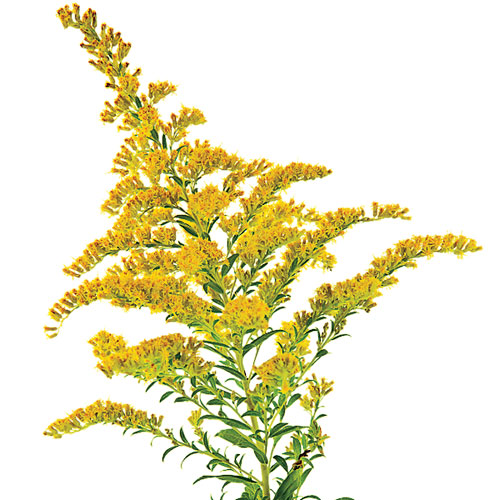
Goldenrod
The bad rap for allergies is undeserved. Its sticky pollen doesn’t blow around.
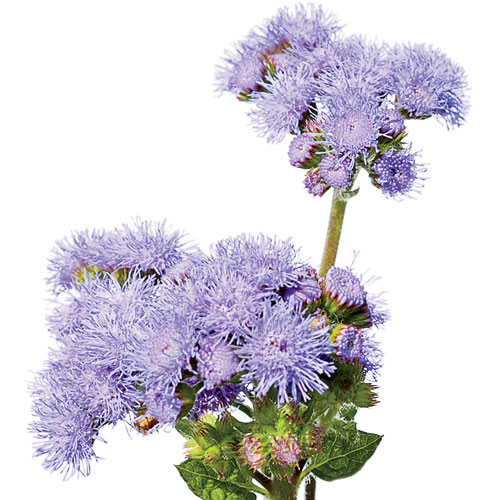
Hardy Ageratum
Most pests aren’t into it, so it’s a good pick for organic gardens.
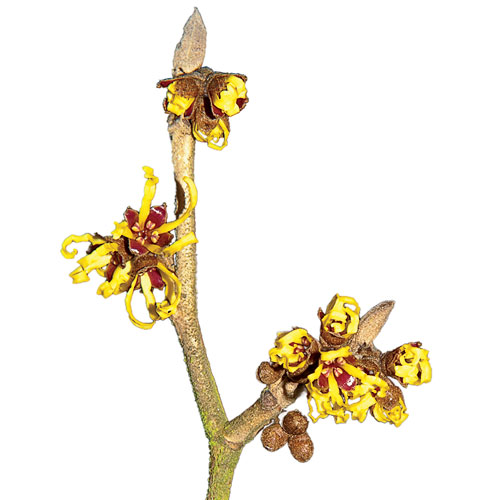
Witch Hazel
Don’t be fooled by yellow-turning leaves: This plant blooms into October.



